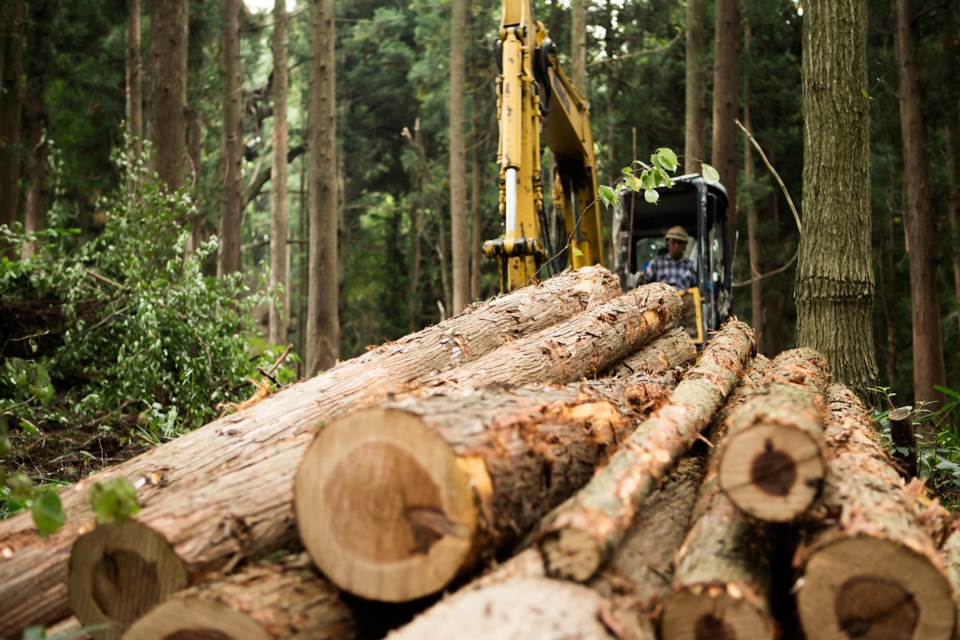With forestry, I think we can have our cake and eat it, too.
I think we can have thriving wildlife populations, functional forests, and we can have jobs. In other words, we can have a truly sustainable forest industry that supports our communities now and into the future.
I’m optimistic this can happen because that’s what we had.
Before the supermills and modern chemical plantation forestry, we had a thriving industry that employed thousands more people and consumed a fraction of the timber while leaving cutblocks full of moose.
Just look at the shut down of Clear Lake sawmill, a place that only ever produced 120,000 board feet a shift, which required about eight or ten eight-axle logging truck loads to keep somewhere around 70 to 100 people a shift employed for 8 hours.
That’s a lot of jobs for not that many logs.
Now, you have places like Polar Sawmill, which produces 10 times the lumber, chews through 80-100 logging trucks of logs a shift, employing around half the workers.
Not all forestry investment has been beneficial. Much of the investment in the past 20 years has been aimed at eliminating jobs and maximizing corporate profits.
The smaller mills have been shut down but it’s worth remembering a lot of them were profitable. Just not profitable enough.
So one piece of the cake is fairly simple to get back. It’s political. Do we believe in jobs for logs? Or don’t we?
We can have jobs, but we need smaller mills, more local ownership, more competition, and new forms of tenure.
The other piece of the cake is not just having jobs but having forests.
To keep these automated supermills running and the billion dollar corporate profits rolling in, we have levelled a huge amount of our landscape and replaced them with “working forests,” with a lot of sprayed and brushed pine plantations, where we clearcut and sprayed out the moose food and fire-resistance with helicopters loaded with Roundup. We are still doing it.
Back in the old days, we did more strip-logging and smaller clearcuts and they were more or less left to nature to regenerate. We had wildlife and moose like you wouldn’t believe romping around in the rich mixture of deciduous and conifer. It was better for the forests, for hunting, living off the land, tourism, and much else.
I think the old ways of doing things can provide some answers, but there will be new approaches that need to be discussed as well- including thinning these pine plantations to open them up, reduce fire-risk, get some diversity growing, and keep the pulp mills running.
There’s a lot to talk about, including Indigenous rights and title, community forests, protecting old-growth and more. And there are huge challenges, political and economic, that stand in the way of a more sustainable future. Retooling our industry and looking at forests with fresh eyes will be no easy task.
To get this conversation started, there’s a forum Tuesday at UNBC’s Canfor Theatre at 6:30. I hope we do a series of these and I hope many of you can make it.
James Steidle is a Prince George writer.



